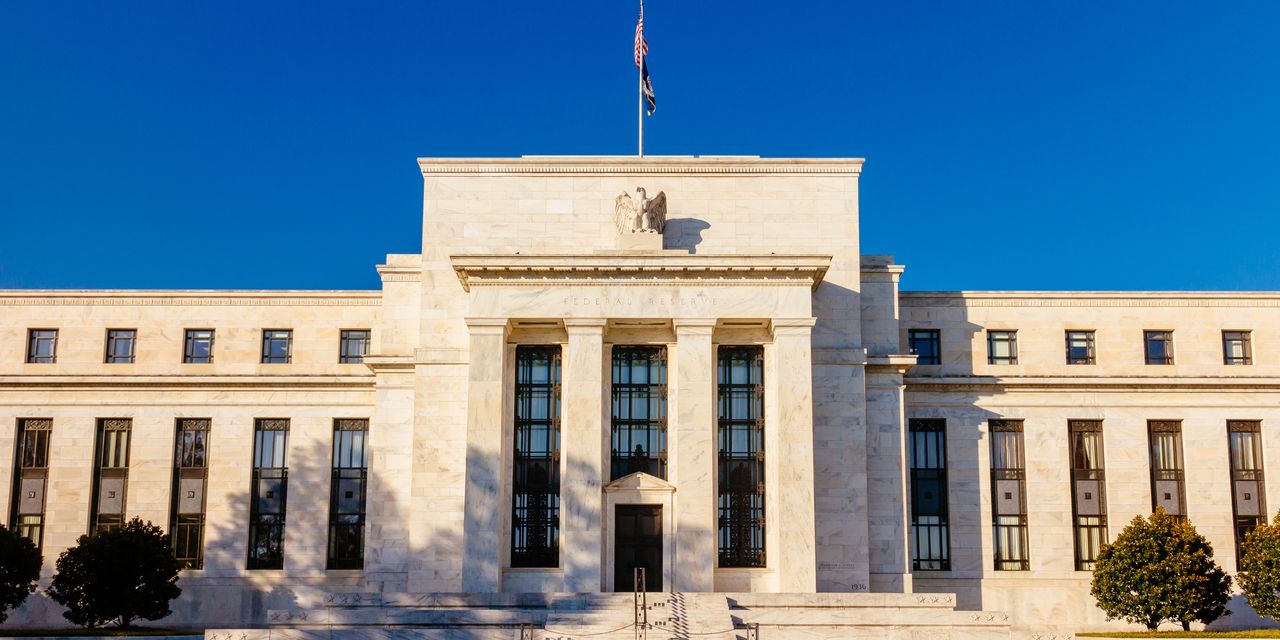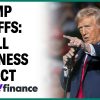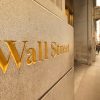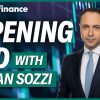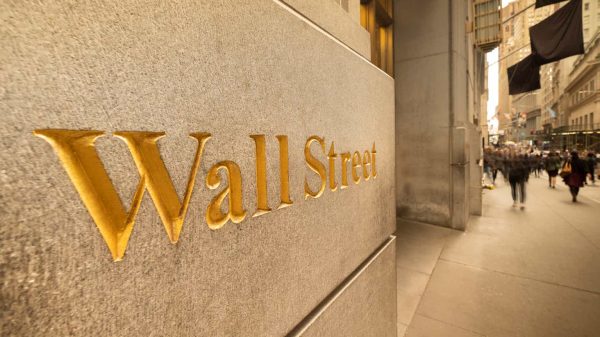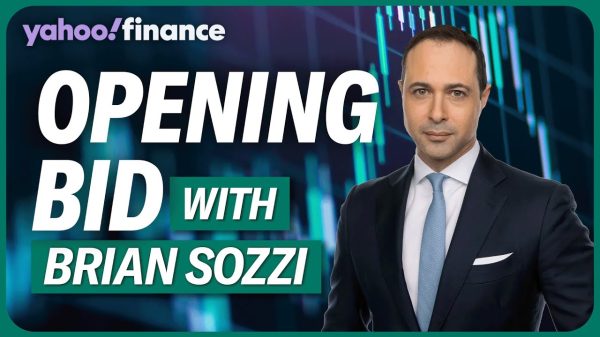It might finally be over. The Federal Reserve raised interest rates by a quarter point on Wednesday, delivering what could be the last increase in the biggest rate-hike cycle in a generation.
Investors may now want to position for a pause, or even a potential reversal. The
CME’s
FedWatch Tool, which gauges market expectations via the pricing of federal funds futures, implies a 4% chance the central bank will raise rates again in June, with a 96% chance the Fed pauses. Markets are already pricing in a greater than 50% chance the Fed cuts rates by the end of September.
Investors have grappled with an environment of rising interest rates—the Fed’s bid to control decades-high inflation—for more than a year. Tightening financial conditions have notably hit high-growth stocks, especially those in the tech sector. If a sea change is coming, investors best be prepared.
Luckily,
Bank of America
has some ideas—and Barron’s has some suggestions on exchange-traded funds to capitalize on them.
The BofA list comes from its previous examination of asset returns in the three months after 10 “last hikes” of the past 50 years. The five suggestions were revisited in a Thursday note from a team of analysts led by Michael Hartnett.
The first idea is to buy Treasuries, which return positive nine out of 10 times after the last increase, according to a BofA analysis. Treasuries have average returns of 7% after the last Fed hike in inflationary cycles.
“We agree, long Treasuries,” said Hartnett’s team. Investors wishing to follow suit can look to ETFs such as the
iShares 20+ Year Treasury Bond ETF
(ticker: TLT).
It is a different matter for corporate credit. While investment-grade bond returns have been positive nine out of 10 times after the last Fed hike in inflationary cycles, averaging 6% returns after three months, Hartnett’s team sees risks amid a gloomy macroeconomic backdrop.
While investors may have been attracted to the likes of
iShares iBoxx $ Investment Grade Corporate Bond ETF
(LQD), this time around it might be worth steering clear.
The U.S. dollar is a safer bet. The greenback has grown stronger seven out of 10 times when the Fed finishes dealing with inflationary cycles, according to BofA, with returns averaging 5% after the last Fed hike. While Hartnett’s team said they are “big secular sellers of U.S. dollars,” a surprise rally in the currency would make sense in the risk-off move they see coming.
The narrative could be shifting for another asset viewed as a haven—gold. The precious metal flirted with record highs this week, with continuous-contract futures firmly above $2,000 an ounce on Friday. However, gold has returned negative seven out of 10 times after the Fed’s last inflationary cycle rate increase, losing 13% on average. While Hartnett’s team said they love gold long-term, it stands to reason gold could fall back below $2,000 if the dollar has a risk-off slide.
It may be a similar picture for the stock market at large. While the rise in interest rates wreaked havoc on the
S&P 500
—which shed nearly 20% to see its worst year since 2008—an end to rate hikes may not mean an immediate bounce for the index, up 7.3% since the start of January.
Stocks return negative 50% of the time after the Fed’s last increase in any given cycle. But they have done so five out of five times when that cycle has been inflationary—like the current one—with average losses of 3% after the last hike. Hartnett’s team believe a breakout from the S&P 500’s current 3,800 to 4,200 trading range is more likely to the downside. Investors wishing to capitalize on the bearish mood could do so with the
Direxion Daily S&P 500 Bear 1X Shares
(SPDN).
Of course, the timeliness of all this advice depends on what the Fed does in June, or even July, when markets are still pricing in a slim, 2% chance of another interest-rate hike. But a pause is coming at some point.
Write to Jack Denton at [email protected]
Read the full article here



